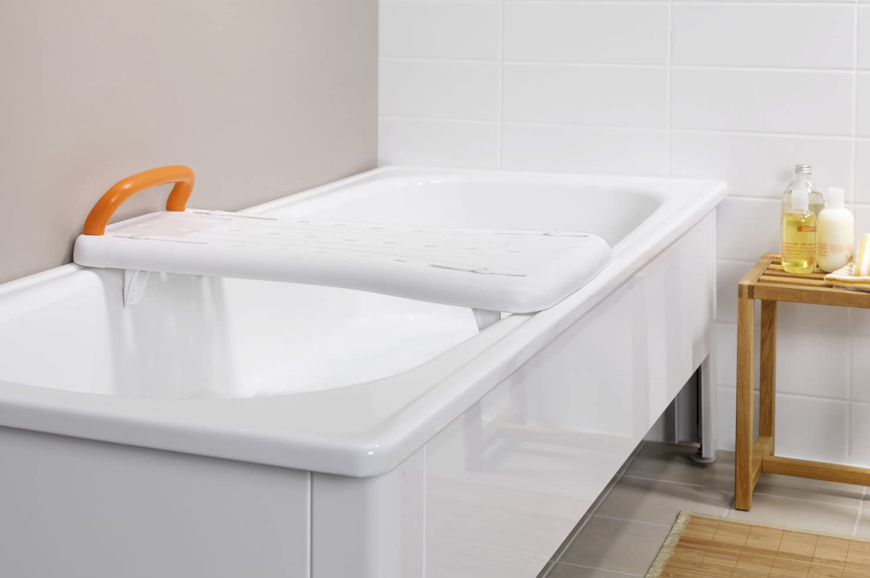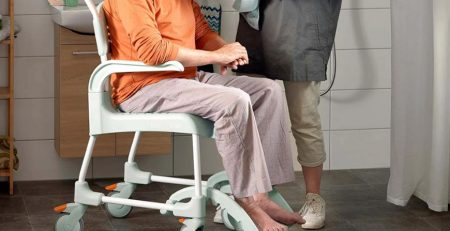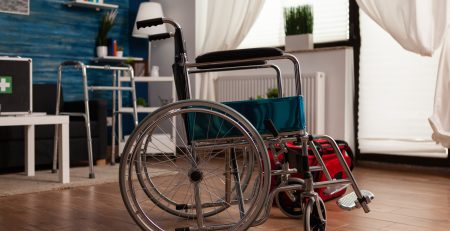- No products in the cart.
Independent living accessories for each room of your home
If you are living with a chronic condition or if you are simply experiencing some difficulties doing the things you once used to do, you will know that your limitations most likely aren’t specific to only one area of your life. When people start having trouble walking, this usually means they have difficulties getting around their living room, bathroom, in the store, and at the recreation center. This also applies to daily activities, as someone who has difficulty getting on and off the toilet will also likely struggle to navigate other similar accommodations like chairs, your bed, and car seats. For this reason, it is important to have independent daily living accessories that will give you just the right amount of support while catering to your location- and activity-specific needs. Let’s discuss the tools that you can use to maintain independence in each room of your home:
Bathroom
One of the most common and most readily-accessible bathroom tools is the 3-in-1 commode. Some individuals prefer to start off with a raised toilet seat to allow them a heightened surface to get on and off of. However, the next level up is a 3-in-1 commode that gives you a bedpan, bilateral handles, and a raised surface to allow you to use the bathroom in any place where it is convenient or safe for you.
Similar safety devices for the bathroom include non-slip mats, centrally located inside the tub, just outside the tub underneath your bath mat, and in front of the toilet. These are common areas where individuals may be at risk for falls, so added grip and traction is always a safe idea anywhere water may easily get on the floor. For those individuals who have open showers rather than tubs, it is a good idea to place non-slip mats in there as well.
Another good way to ensure safety in any bathing area is to use overhead storage like caddies that wrap around the shower head or keep your most needed items easily accessible but off the floors where they can pose as a trip hazard. Grab bars are also an important safety measure and these can and should be placed in three key areas: in the tub or shower, just outside the tub or shower, and near the toilet within arm’s reach. When in the shower, items like tub benches or chairs, long-handled sponges, and back scratchers are good tools to access hard-to-reach areas that are important to clean.
Bedroom
Another area that people commonly struggle with is their bed. As we age or our abilities change, a standard-height bed may become increasingly difficult for individuals to navigate. The use of a grab bar right at the edge of the bed can be largely helpful in the transferring process, where someone can hold onto this surface and either hoist themselves up or use it to safely turn their body. This allows them to easily, slowly, and safely rise up out of bed at a pace that is good for them. Such a device also helps them safely sit at the edge of the bed without sliding off, which is another common fear of individuals with disabilities.
Individuals should also utilize closet organizers to keep their hard-to-reach items at chest level or another position that is easily accessible to them. This not only keeps clutter off the ground where it can get stuck in the spokes of a wheelchair or be tripped over, but it also prevents stacks of clothing or other objects from falling off top shelves and hitting someone in the head. Reachers can also come in handy in the bedroom (however they are typically not recommended for accessing items off high shelves since there is a risk of the item falling). Reachers can help someone grab nearby items that they don’t want to bend over to get, since this is another unsafe position that individuals with disabilities should avoid.
Dressing-specific aids are supremely helpful for individuals with any sort of fine motor impairment like arthritis in their hands, carpal tunnel syndrome, stroke, nerve palsy, or Parkinson’s disease. Assistive devices like button hooks, dressing sticks, long-handled shoe horns, sock aids, velcro footwear, and elastic shoelaces.
Kitchen
Spending time in the kitchen is inevitable, even if you aren’t doing much cooking and have found a work-around for that. A variety of kitchen tools (in addition to some know-how) can help you be much safer in the spaces where you prepare food and eat. Keeping items on countertops rather than on high or hard-to-reach shelves will help you avoid the use of a step stool or other bench that may place you at risk for falling. Additionally, cabinet organizers can keep the shelves that are within your reach very neat and orderly so you can efficiently and easily find the items you need when you need them. Tools like automatic can openers, utensils with large-grips, and materials like dycem can help you navigate activities that may place strain or pressure on your joints like carrying items or gripping large, awkward containers in an attempt to open them.
As you can see, there are a variety of devices and strategies that you can use to more safely navigate your home and the items within it. If you are interested in learning more about any of these devices, contact a mobility consultant or a rehabilitation professional such as an occupational or physical therapist. These providers will be able to help you choose the items that are best for your needs.















